This article was co-authored by Laura Marusinec, MD. Dr. Marusinec is a board certified Pediatrician at the Children's Hospital of Wisconsin, where she is on the Clinical Practice Council. She received her M.D. from the Medical College of Wisconsin School of Medicine in 1995 and completed her residency at the Medical College of Wisconsin in Pediatrics in 1998. She is a member of the American Medical Writers Association and the Society for Pediatric Urgent Care.
There are 10 references cited in this article, which can be found at the bottom of the page.
wikiHow marks an article as reader-approved once it receives enough positive feedback. This article received 19 testimonials and 95% of readers who voted found it helpful, earning it our reader-approved status.
This article has been viewed 268,833 times.
Typhoid fever is a bacterial disease common in non-industrialized countries such as those in Middle and South America, Africa, Eastern Europe, and areas of Asia outside of Japan. The disease is transmitted through poor cleaning habits and bad hygiene dealing with food and water. The disease is most often caught when a person ingests food or water contaminated with infected feces.[1] If you have been diagnosed with typhoid fever, you can follow a few steps to learn how to best combat this disease.
Steps
Using Medication for Recovery
-
1Take antibiotics. When you are first diagnosed with typhoid fever, your doctor will figure out how far along the disease has progressed. If the disease is diagnosed in its early stages, the common treatment is with antibiotics. He will prescribe you antibiotics, which you will take for one to two weeks. Some strains of the bacteria that cause typhoid fever have become very resistant to some antibiotics. This means that your doctor will do thorough laboratory tests to come up with the best treatment plan for the particular strain you have.[2]
- The type of antibiotic you are prescribed will vary depending on where you contracted the strain and if you have had it before. The most common antibiotics prescribed include ciprofloxacin, ampicillin, amoxicillin or azithromycin.
- You may also be prescribed cefotaxime or ceftriaxone. These medications are typically prescribed for 10 to 14 days.[3]
-
2Take your medications for the prescribed length of time. While symptoms may clear up within a matter of days, it is of the utmost importance that you finish your antibiotic treatment. If you do not take your antibiotics for the prescribed amount of time, you run a serious risk of having the disease return or passing it to others.
- Once you have finished your antibiotics, see your doctor again for a follow-up test to make sure that you have gotten rid of the infection.[4]
Advertisement -
3Get treated in the hospital. In severe cases, you will need immediate hospital admission. The aggressive symptoms you should look for that point to a severe case of typhoid fever are a swollen stomach, severe diarrhea, a fever of 104 degrees or higher, or persistent vomiting. When in the hospital, you will likely be given the same or similar antibiotic treatment, but it will be administered in injectable form while you are in the hospital.
- You should see a doctor immediately if you experience any of these intense symptoms.
- Fluids and nutrients will also be administered to you through an intravenous drip.
- Most people greatly improve 3-5 days after being admitted to the hospital. However, you may have to stay in the hospital for a few weeks to recover if your case of severe enough or if there were other complications to your health.[5]
-
4Have surgery if necessary. If complications arise while you are in the hospital, you may be diagnosed with a severe case of typhoid fever. This means that you have severe complications like internal bleeding or the splitting of your digestive tract. If this happens, your doctor will likely recommend that you have surgery.
- This is very rare unless you are not being treated with antibiotics.[6]
Using Natural Supportive Therapy to Enhance Recovery
-
1Always take your medication. Natural treatments should always be used in conjunction with medicine prescribed by a doctor. While natural remedies will not cure typhoid fever, they can relieve symptoms, like fever or nausea, caused by the disease. Natural remedies are meant to help you feel better while the antibiotics are fighting the disease, not to take place of the antibiotics.
- Ask your doctor about any natural treatments that you start. You want to make sure they don't interact with the particular antibiotic you are taking.[7] Always check with your doctor before using these treatments for children or pregnant women.
-
2Stay hydrated. It’s important to drink a lot of fluids when suffering from typhoid fever. Drink at least 64 ounces of water each day and supplement it with other hydrating drinks. Dehydration generally gets brought on by diarrhea and high fever, which are two of the most common symptoms of typhoid fever.
- In severe cases, intravenous administration of fluids is recommended.[8]
-
3Follow a healthy diet. Typhoid fever may cause you to experience nutritional deficiencies. Pay attention to what you eat and be sure you provide nutritious, high-calorie meals for your body. Having a higher intake of carbohydrates will help you replenish your energy, especially if you have smaller meals multiple times a day. If you are having gastrointestinal problems, it is important to eat only soft foods that are easy to consume, such as soup, crackers, toast, puddings, and jello.[9]
- Eat foods like bananas, rice, applesauce, and toast. The main point of this diet is that the four different types of foods are bland and easy on the stomach which helps with nausea and diarrhea. Although return to a normal diet as soon as possible as this diet does not provide enough nutrients.[10]
- Fish, custards, or eggs will be effective if you do not suffer from gastrointestinal complications because they provide a good amount of proteins.
- Eat plenty of fruits and vegetables to keep your vitamins levels up.
-
4Drink honey and water. A tea made out of water and honey is a great way to help with the symptoms of typhoid fever. Add 1-2 tablespoons of honey to a cup of warm water. Stir well. This drink helps with any digestive troubles that you may have. The honey soothes the irritation of the intestines and helps protect the tissues in your digestive tract.
- Honey and water is also a natural energy drink.
- Never give honey to children under the age of 1.
-
5Drink clove tea. This is a really beneficial cure for symptoms caused by typhoid fever. Add 5 cloves to 2 liters of boiling water. Continue to boil the mix until half of the original liquid has boiled off. Set the pot aside and let the cloves steep in the water for a little while.
- Once it cools, filter the cloves out. You can drink the liquid daily for several days to help ease your nausea symptoms.
- You can also add a tablespoon or two of honey to this mixture as well to add flavor and more beneficial qualities.
-
6Use a combination of crushed spices. You can combine a variety of spices into a tablet to help with your symptoms as well. Mix 7 strands of saffron, 4 basil leaves, and 7 black peppercorns together in a small bowl. Grind them into a fine mixture and add a small amount of water. Stir it and keep adding water until you have a paste. Divide the paste into tablet-like portions.
- Take one tablet twice a day with a glass of water.
- This remedy is a great antioxidant and anti-microbial, which helps you to deal with digestive issues caused by typhoid fever.
-
7Use Echinacea. Echinacea, which comes in the form of a purple flower, roots, or a powder, is great for enhancing your immune system and fighting bacterial infections. It is also great for strengthening body tissues. Purchase some dried flower powder or a couple of Echinacea roots. Boil a teaspoon of the Echinacea ingredients in 8 ounces of water for 8-10 minutes.
- Drink this tea two or three times per day, but only for up to 2 weeks.
-
8Make carrot soup with black pepper. One of the main symptoms of typhoid fever is diarrhea. To help fight this symptom, boil 6-8 pieces of carrots in 8 ounces of water for 8-10 minutes. Filter the liquid of the bits of carrots. Add 2-3 pinches of ground black pepper to the water. Drink the soup mixture whenever your diarrhea gets to be too much.
- You can add more or less pepper, depending on taste.
-
9Drink ginger and apple juice. Dehydration is a major side effect of the symptoms of typhoid fever. To help combat this, you can make a juice mixture that will hydrate you quickly and provide natural electrolytes and minerals. Mix 1 tablespoon of ginger juice into 8 ounces of apple juice. Drink it a few times a day to stay hydrated.
- This juice also helps treat liver-related problems that may occur by helping to eliminate all the toxins and waste products from your body.
-
10Mix 1/2 teaspoon of apple cider vinegar in a shot of water on the first day of your symptoms. Drink this mixture every 15 minutes for 1 to 2 hours if your symptoms are severe. Continue to drink this mixture before all meals for 5 days.
- You can add a dash of honey to help sweeten the strong taste.
Preventing Typhoid Fever in the Future
-
1Get vaccinated. There are two types of typhoid vaccines that are used. You can use the injectable Vi polysaccharide typhoid vaccine and the oral Ty21a typhoid vaccine. The injected vaccine is given as a single dose at 0.5 milliliters injected into the muscle of the upper arm and on the upper surface of the thigh. The oral vaccine is given through 4 doses spaced 2 days apart, so it would be given on days 0, 2, 4, and 6.
- The injected vaccine is given to children above two years old and adults. A booster is done every two years.[11]
- The oral vaccine is given 24 to 72 hours after intake of any antibiotics by mouth on an empty stomach so that the vaccine will not be destroyed by the antibiotics. It is given to children above six years old and adults.[12]
- You should get your vaccines completed at least one to two weeks before you travel, depending on which vaccine you get. The vaccine works on individuals that have had typhoid fever as well as those that have not. However, you should get re-vaccinated every 2-5 years. Ask your doctor about how long the particular vaccine you are given will work.
-
2Consume only safe water. Unsafe water is the main conduit for typhoid fever. There are only certain kinds of water you should drink when you visit or live in non-industrialized countries. You should only drink bottled water that is from a reputable source. You should also never ask for ice unless you are sure that it has been made from bottled or safe water.
- You should also avoid popsicles or iced desserts unless you know they are made from safe water.
- Bottled carbonated water is safer than regular bottled water.[13]
-
3Treat water from questionable sources. If you cannot get bottled water, you can still drink the water you have. You just have to treat it first. Boil the water for at least one minute, especially if you are not sure if the water source, such as a water tap or water pump, is safe. Avoid drinking water from springs, rivers, and other water bodies.[14]
- If you cannot boil it, put chlorine tablets in water obtained from doubtful sources.
- If you live in an area with unsafe water, have a piped water system built in your home and community. Have separate, clean, and covered containers to store water.
-
4Practice food safety. You can also get typhoid fever from food sources. When visiting certain countries, always cook vegetables, fish, or meat well. Wash these items well in clean water before cooking. If you eat raw food, wash them well in clean water or dip them in hot water. Peel all raw vegetables after you wash them with water. Never eat the peelings because contaminants can live on them. If possible, avoid eating raw fruits and vegetables that can't be peeled.
- Have separate clean containers to store food and keep food containers away from areas of contamination, such as the toilet, garbage, or sewage pipes. Do not store cooked food for prolonged periods in the refrigerator. Eat them as soon as possible. Otherwise, dispose of them after 2 or more days of cold storage.
- Avoid eating food sold by street vendors when you travel to countries where typhoid fever is common.[15]
-
5Practice good environmental sanitation. If you are in a location that has typhoid fever, clean your surroundings well. Remove spoiling edible items and place them in properly kept garbage containers. Repair damaged water pipes and sewage canals or pipes to avoid spillage of contaminated water in the environment.
- Separate areas of food and water storage from areas where sewage pipes, toilets, or septic tanks are to avoid food and water contamination by contaminated water from these facilities.[16]
-
6Keep proper personal hygiene. You can pass typhoid fever through touch, so you should practice safe personal hygiene as well. Wash your hands, preferably with soap or alcohol gel, before and after handling or cooking food, dealing with water, after using the toilet, or handling any dirty object. Be clean and neat in your general appearance and bathing daily is necessary.
- Always wipe your hands on clean towels and not on the clothes you are presently wearing.
References
- ↑ https://www.cdc.gov/typhoid-fever/sources.html
- ↑ https://www.nhs.uk/conditions/typhoid-fever/treatment/
- ↑ http://www.mayoclinic.org/diseases-conditions/typhoid-fever/basics/treatment/con-20028553
- ↑ https://www.cdc.gov/typhoid-fever/symptoms.html
- ↑ http://www.nhs.uk/Conditions/Typhoid-fever/Pages/Treatment.aspx
- ↑ http://www.nhs.uk/Conditions/Typhoid-fever/Pages/Treatment.aspx
- ↑ http://www.mayoclinic.org/diseases-conditions/typhoid-fever/basics/treatment/con-20028553
- ↑ http://www.mayoclinic.org/diseases-conditions/typhoid-fever/basics/treatment/con-20028553
- ↑ https://www.nhs.uk/conditions/typhoid-fever/treatment/
- ↑ https://familydoctor.org/brat-diet-recovering-from-an-upset-stomach/
- ↑ https://www.cdc.gov/typhoid-fever/typhoid-vaccination.html
- ↑ https://www.cdc.gov/typhoid-fever/typhoid-vaccination.html
- ↑ https://www.cdc.gov/typhoid-fever/prevention.html
- ↑ https://www.cdc.gov/typhoid-fever/prevention.html
- ↑ https://www.gov.mb.ca/health/publichealth/cdc/protocol/typhoid.pdf
- ↑ http://www.hpa.org.uk/webc/HPAwebFile/HPAweb_C/1317132464189
About This Article
To recover from typhoid fever, visit a doctor if you haven't already so they can prescribe antibiotics to clear up the infection. Take your medication as directed, even if you start to feel better. In addition to taking your medication, try to drink plenty of water, fruit juice, or sports drinks, which will help you stay hydrated during your fever. You should also maintain a healthy, balanced diet to get all of the nutrients your body needs to fight your illness. Try drinking honey and warm water to reduce any irritation in your throat and protect your digestive tract. For more tips from our Medical co-author, including how to prevent typhoid fever in the future, read on!



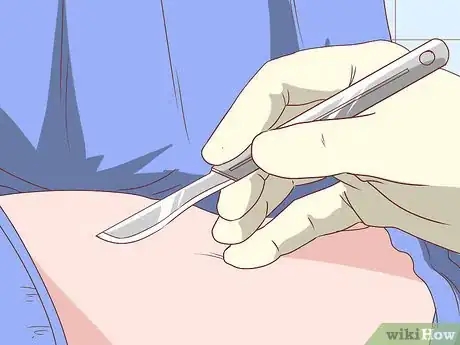
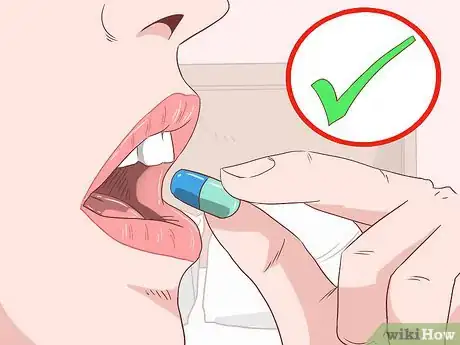
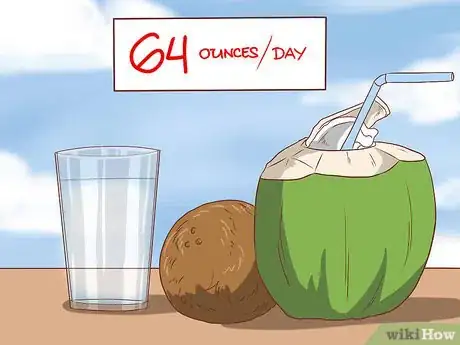




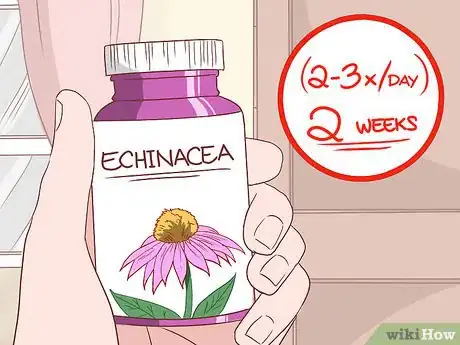

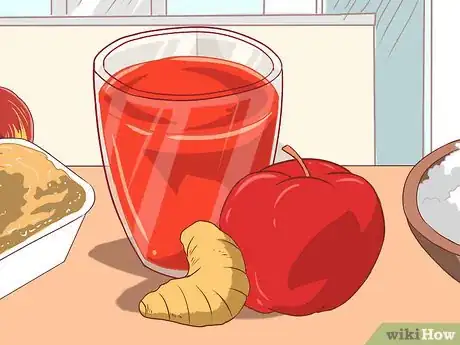

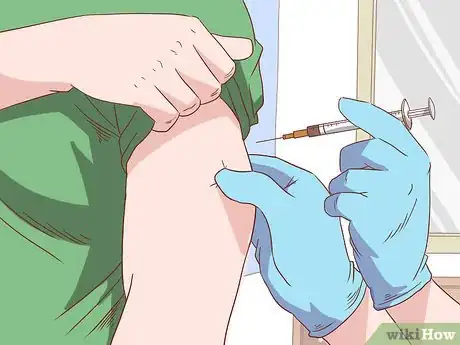
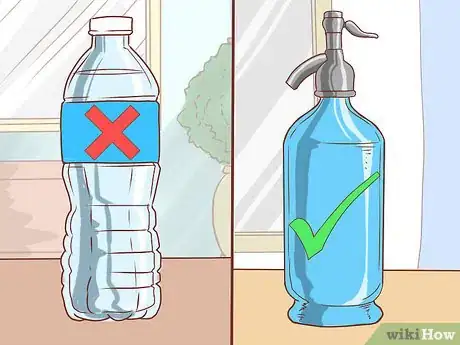
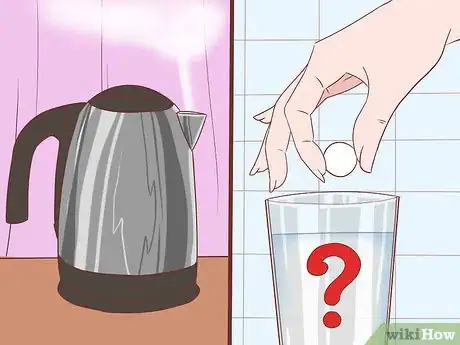
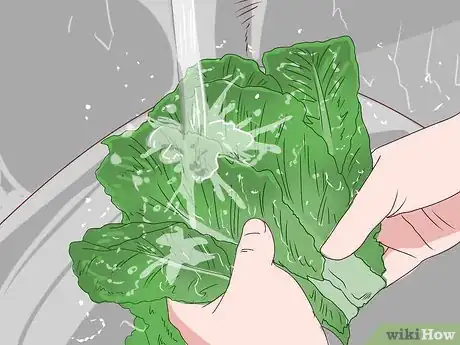
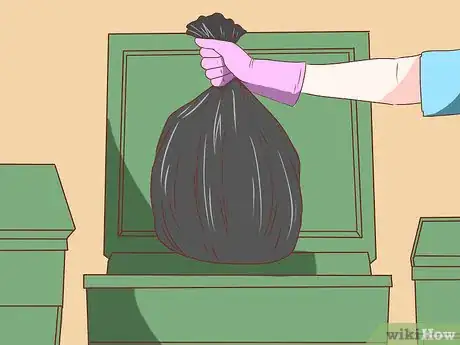
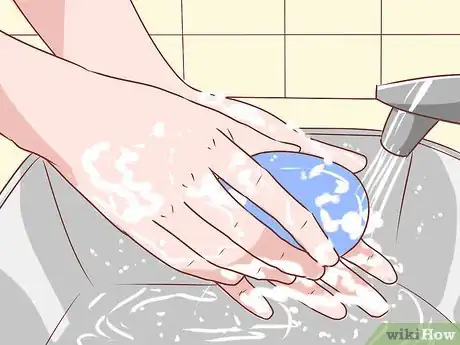



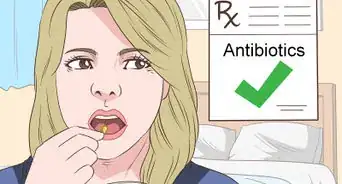
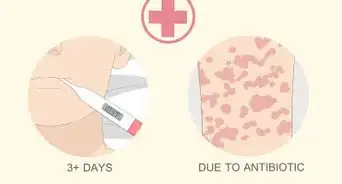






-Step-11.webp)















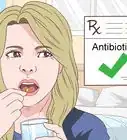



































Medical Disclaimer
The content of this article is not intended to be a substitute for professional medical advice, examination, diagnosis, or treatment. You should always contact your doctor or other qualified healthcare professional before starting, changing, or stopping any kind of health treatment.
Read More...